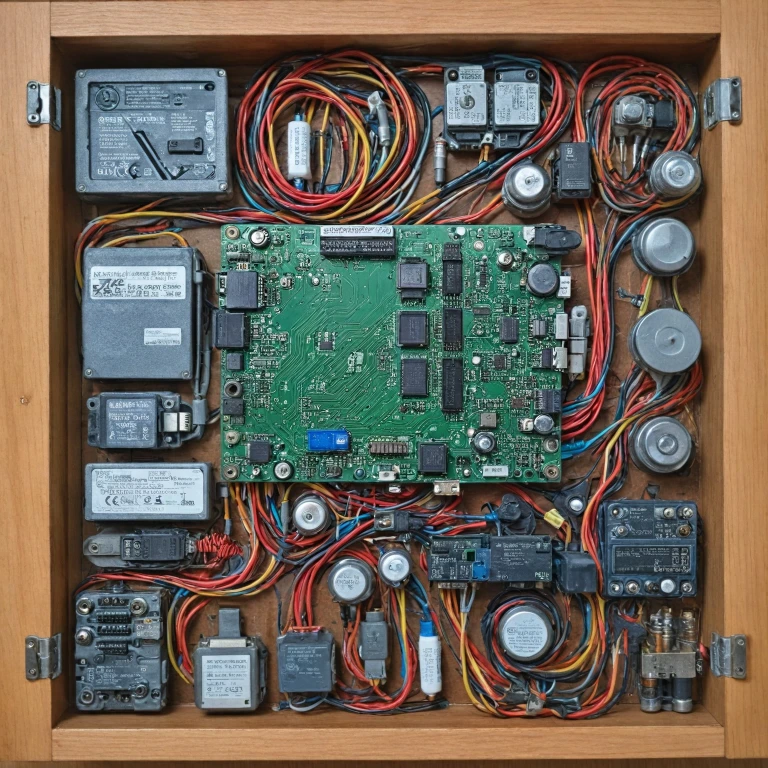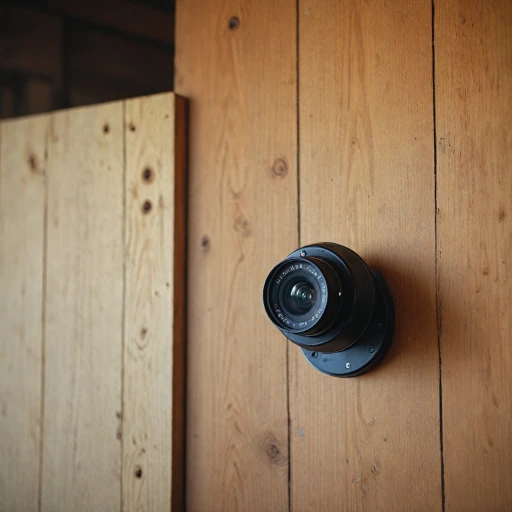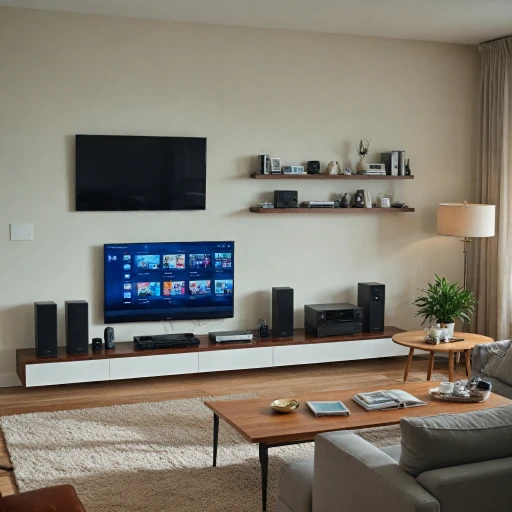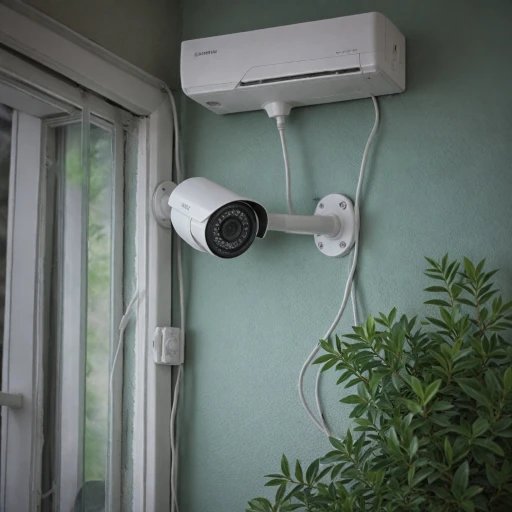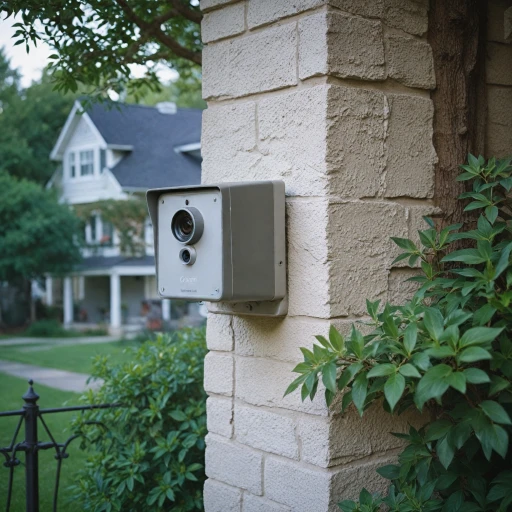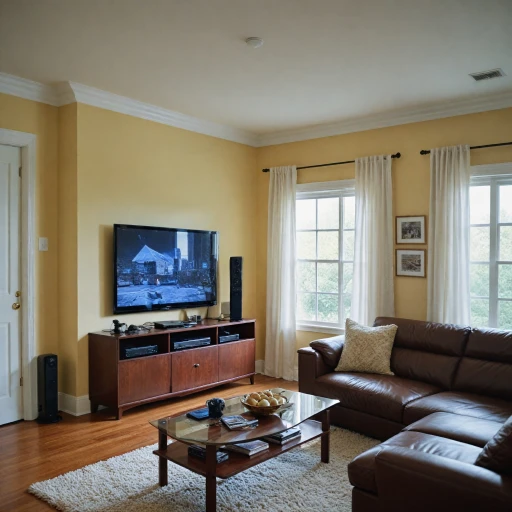The importance of garage door sensors in home security
Why Garage Door Sensors Matter
Garage door sensors play a critical role in enhancing the security of your home. Acting as a first line of defense, these sensors ensure that the garage door closes safely and securely, preventing unauthorized access. By detecting obstacles and sending signals to the opener system, they help maintain a seamless connection between your garage and the rest of your home's security framework. When correctly installed and maintained, garage door sensors can significantly reduce the risk of burglaries or accidents. Trained to respond to obstructions, these sensors communicate directly with the opener unit's control panel. This communication ensures that the door halts and reverses if anything interrupts its path, guaranteeing essential safety features for both your vehicle and your loved ones. Moreover, the integration of garage door sensors with your home security cameras can lead to a more comprehensive security system. By combining these technologies, you can monitor and control access to your property more efficiently. Understanding the critical details, such as the power source and electrical connections of your garage door system, empowers you to address any issues before they become significant problems. For in-depth insight into the necessity of using appropriate cables like the black Cat 5 cable in your home security setup, refer to this guide on crucial cable roles. As you delve further into this topic, you'll find the wiring diagram serves as an essential tool for identifying potential problems in the sensor wiring or electrical connections. By familiarizing yourself with common issues, you can efficiently troubleshoot and perform necessary door repair, ensuring your garage door functions optimally and safely.Basic components of a garage door sensor system
Key Elements of a Garage Door Sensor Set-Up
A garage door sensor system consists of several essential components that work in harmony to ensure the safe and smooth operation of your garage doors. At the heart of this configuration is the sensor itself, an integral part of the sensor wiring and control. It's important to understand how each element functions and connects within the overall system.
- Sensor Units: These small devices are located on either side of the garage door, near the floor. They emit a light beam that, when interrupted, sends a signal to the opener system to stop or reverse the door, enhancing safety features.
- Wiring: These include the wires that supply power to sensors and carry the signals to the opener unit. Proper installation and connections are crucial to avoid common issues and ensure a functional door system.
- Opener Unit: This is the main control for the entire garage door system, which interprets signals from the sensors and powers the door's movements. Ensuring the electrical connections are secure helps prevent malfunction.
- Power Source: A reliable power source is critical to keep the system running smoothly. Issues with power can result in the failure of sensor connections or even the entire opener system.
- Installation and Diagram: Referring to the wiring diagram during installation acts as a guide to connect each component accurately. Missteps can lead to functionality issues or even potential safety hazards.
Understanding these key components forms the foundation for resolving any issues that arise with your door openers and ensuring that the system functions seamlessly. When setting up or troubleshooting, ensure to reference your system's dedicated wiring diagram to address any wiring issues effectively.
Interpreting a garage door sensor wiring diagram
Understanding and Interpreting the Wiring Diagram
A garage door sensor wiring diagram serves as a crucial guide when setting up your sensor system. This diagram illustrates the electrical connections necessary to ensure your garage door opener operates effectively and safely. Understanding the key components is vital for seamless installation and troubleshooting, ultimately aiding in maintaining the integrity of your garage door system.
Start by becoming familiar with the different lines and symbols depicted in the diagram. The lines represent the electrical connections, while symbols denote the sensors, power source, and other essential components. A common element found in these diagrams is the beam emitted by the sensors, which plays a pivotal role in controlling the garage doors' movement and ensuring safety features are in place.
The garage door sensor wiring diagram will typically feature the connections from the door sensors to the opener unit. Pay attention to the placement of the sensors, as this determines the effectiveness of the indicator lights and the door system's responsiveness. Proper installation is key to avoiding issues like a bypass garage or common issues that may arise due to incorrect wiring.
Additionally, the diagram often highlights the location of the electrical connections to the power source. It's important to cross-reference these connections with your system's requirements to prevent power issues and prolong the life of your door opener.
For any visual learners out there, exploring how battery-powered outdoor motion sensor lights can play a role in enhancing your home security can complement your understanding and provide additional context to the importance of setting up your garage door sensor correctly.
Common wiring issues and troubleshooting tips
Identifying Common Problems and Solutions
When working with the sensor wiring of a garage door system, encountering common issues can be frustrating. However, understanding the typical problems that arise and knowing how to troubleshoot effectively can save time and ensure your garage doors function efficiently.
- Loose or Damaged Wires: Over time, the wires connected to the garage door sensor may become loose or damaged. To troubleshoot, check the electrical connections at both the sensor and the opener unit. Tighten loose connections and replace any damaged wiring.
- Power Source Issues: If your sensors are not working, it may be due to a lack of power. Ensure the sensors are properly connected to the power source and that the power source is functional. This may involve checking the outlet or circuit breaker.
- Beam Alignment: The sensor system relies on a beam that must be perfectly aligned to work correctly. Misaligned sensors can lead to safety concerns and prevent the door from closing. Adjust the sensors so that the beam paths are perfectly aligned.
- Faulty Indicator Lights: The indicator lights on the sensors provide valuable information about the system’s status. A solid light typically indicates proper function, while blinking or off lights may suggest connectivity issues or installation errors. Refer to the opener system manual for the meanings of specific light patterns.
- Interference: Objects in the path of the safety features or in the garage environment can interfere with the sensors’ operation. Remove any obstructions near the door openers and test the system again.
By proactively resolving these common wiring issues, you can maintain the integrity of your garage door system and the safety it offers to your home.
